ECOLOGY ▪ EDUCATION ▪ ADVOCACY
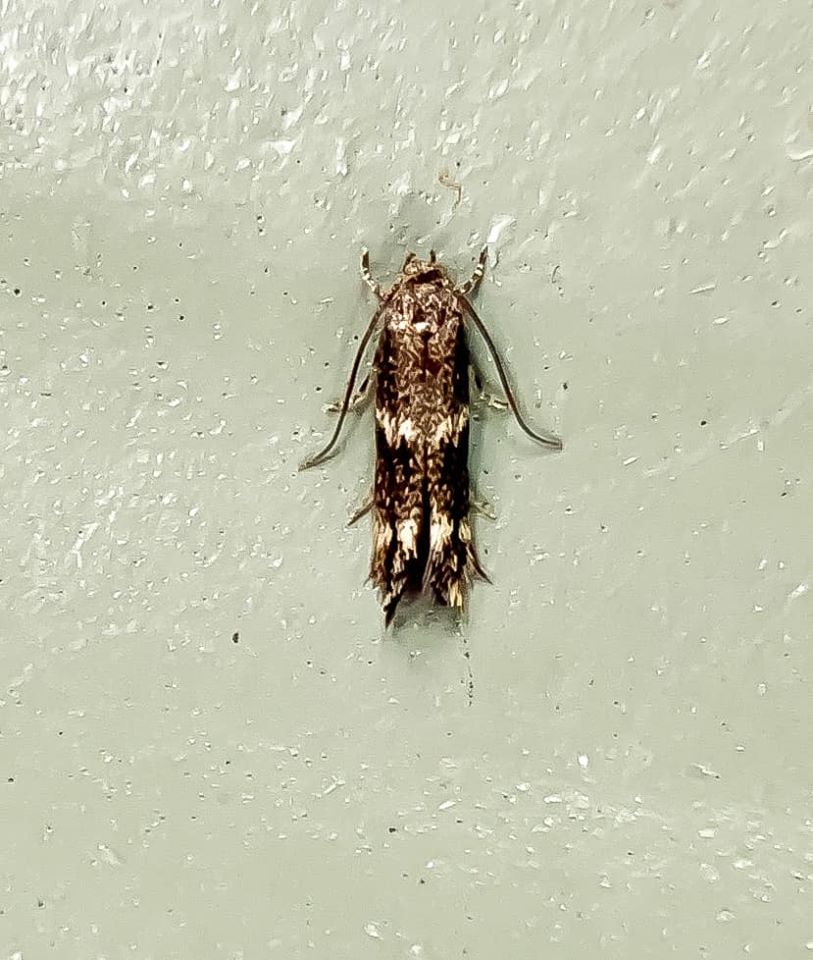
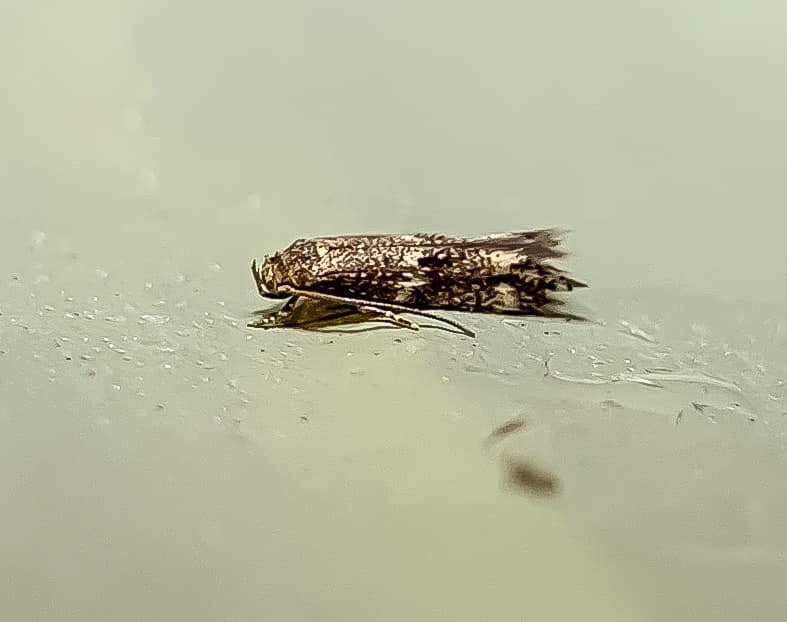
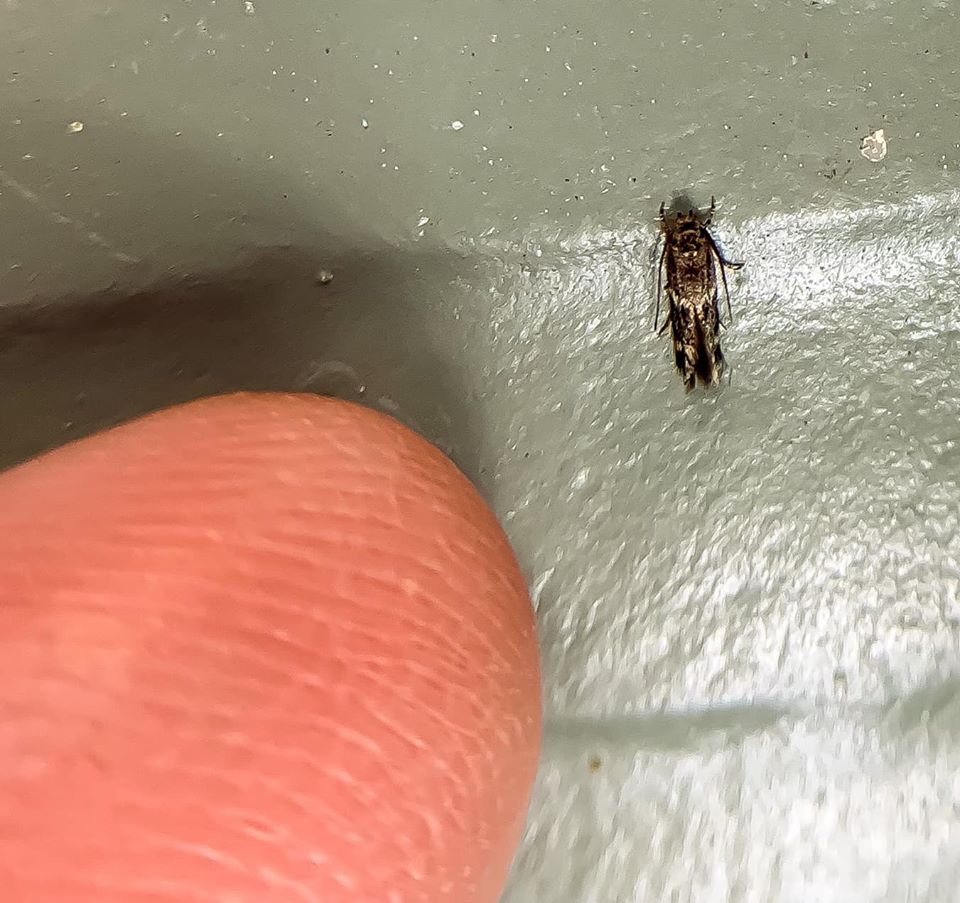
Elachista: Combination of the Greek elachys, meaning “small,” with the Latin suffix ista, used to denote nouns.
irrorata: Combination of the Latin irrorare, meaning “wet” or “dewy.”
el-uh-kis-tuh ihr-or-at-uh



This map shows the confirmed sightings of Elachista irrorata in Indiana. All sightings were confirmed through photographic documentation by individuals who contributed to the Great American IN Nature Lepidoptera Project (GAIN LP).
 |
GAIN LP documented in county. |
Documented North American Sightings as of 5/9/2020
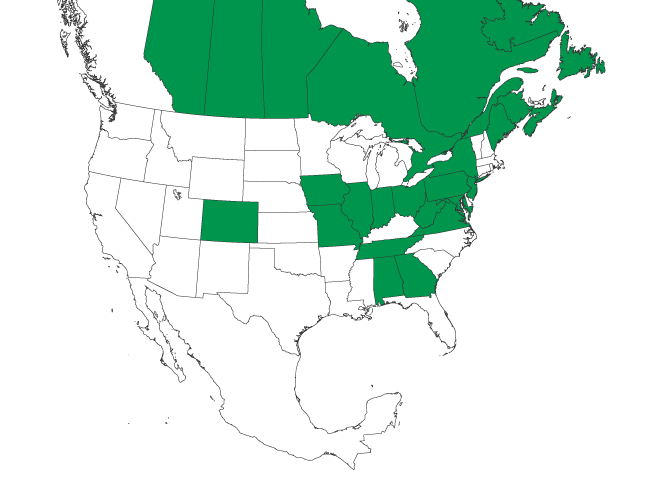
| Date | County | Observer | Notes | Image1 | Image2 |
|---|---|---|---|---|---|
| 2021-09-01 | Scott | Lowry, Brian |
 |

|
|
| 2020-03-28 | Hamilton | McCord, Dan | Adult Confirmed |
 |

|
| 2018-09-04 | Lake | Welton, Rick | Adult Confirmed |
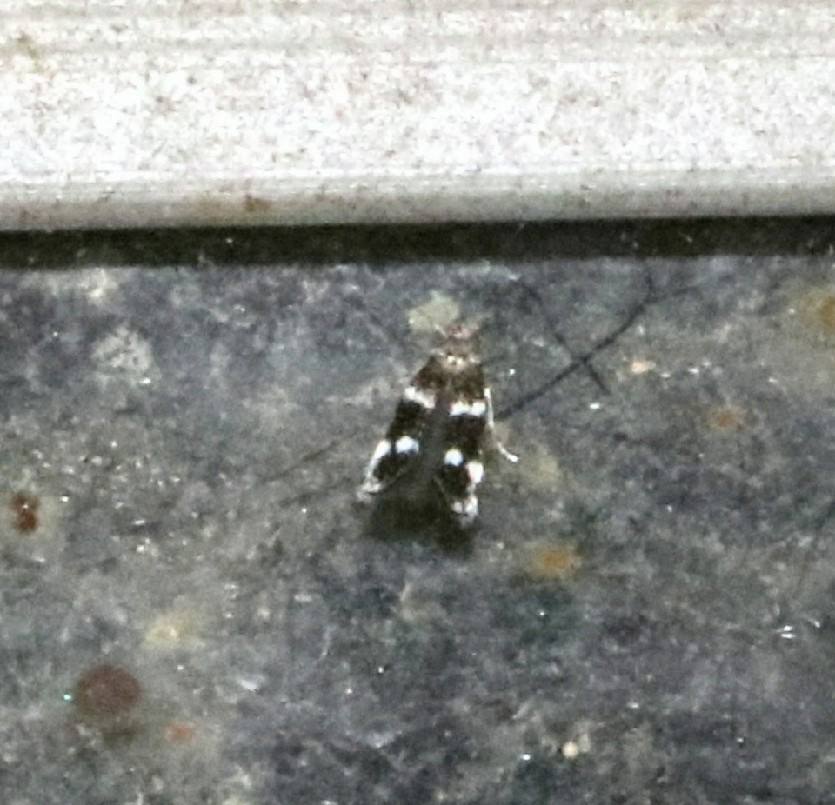 |
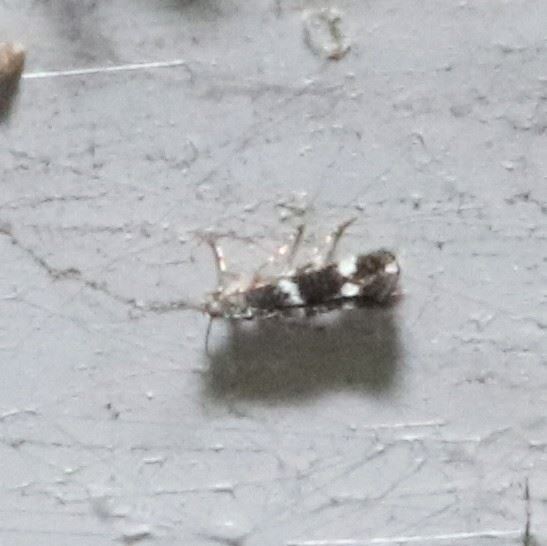
|
 NR: Not ranked
NR: Not ranked
Elachista irrorata larvae feed exclusively on grass species in the Poaceae family.
| Known Larval Food Sources in Indiana | ||
| Family | Taxonomic Name | Common Name |
|---|---|---|
| Order: Poales | ||
| Poaceae | Agrostis spp. | bentgrass |
| Glyceria striata | fowl manna grass | |